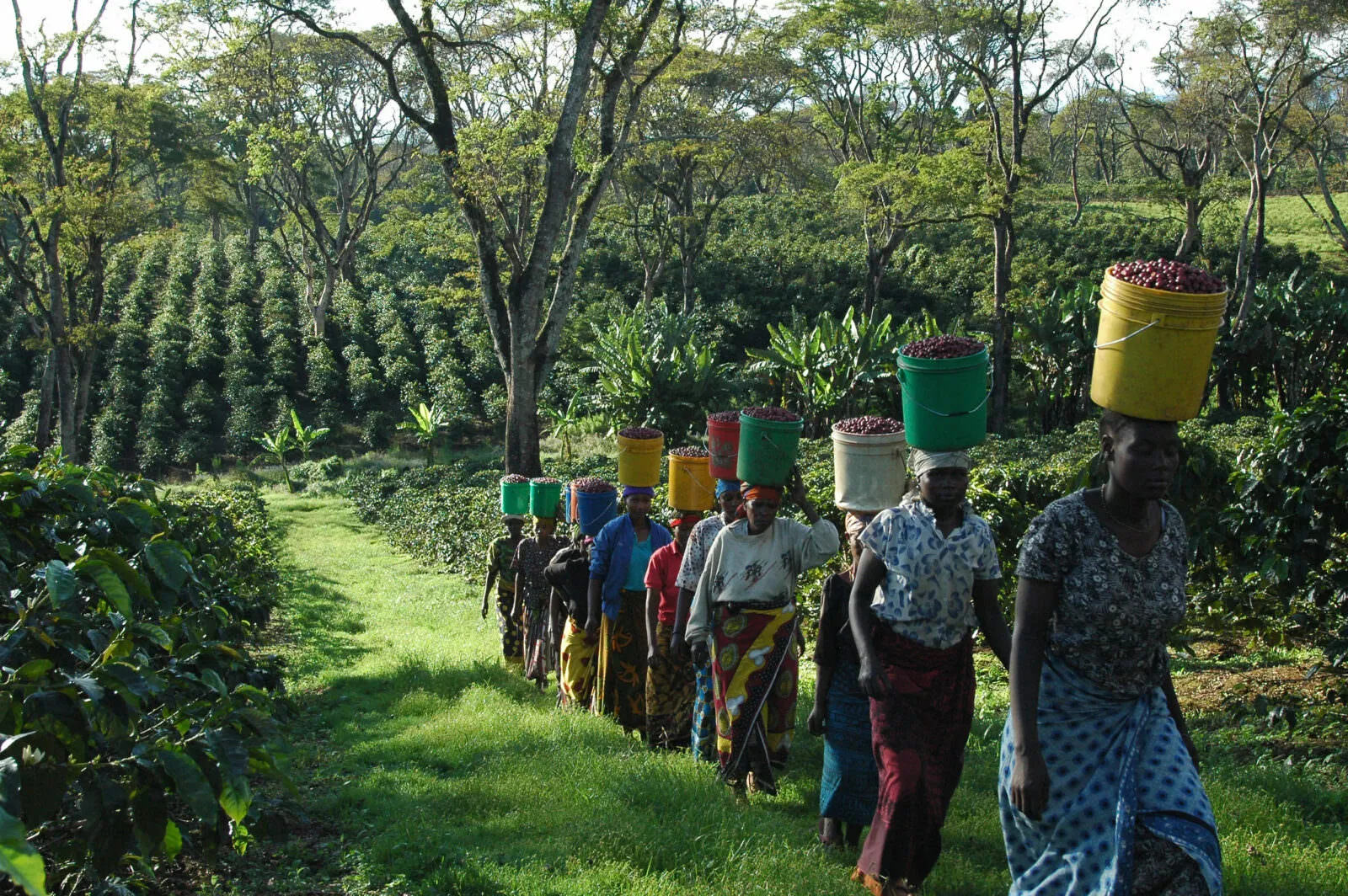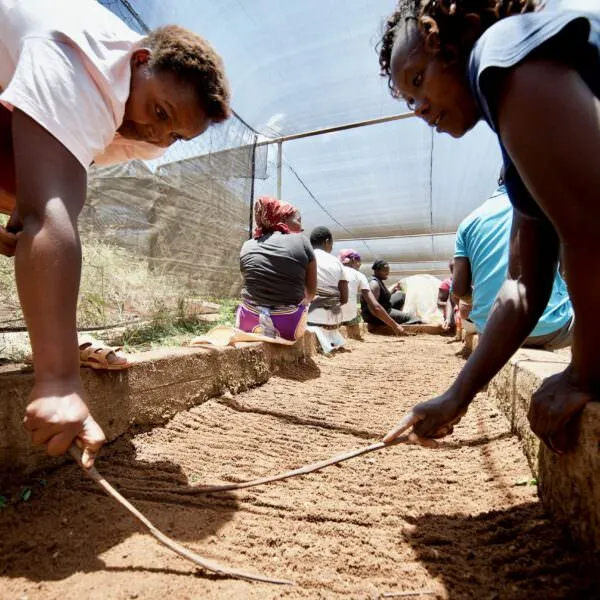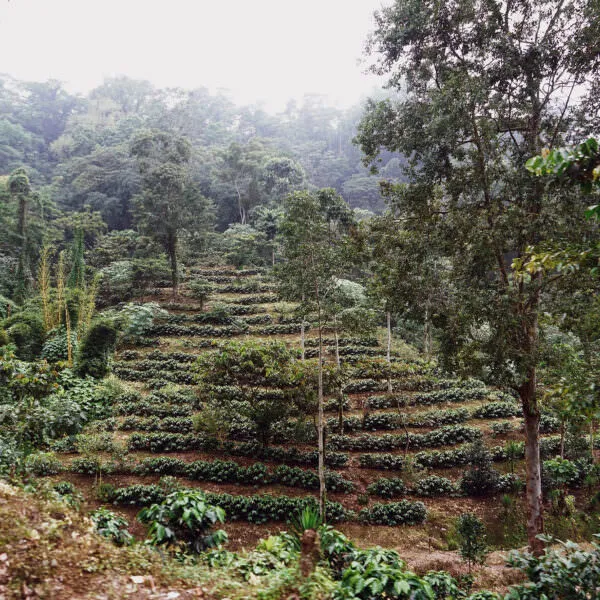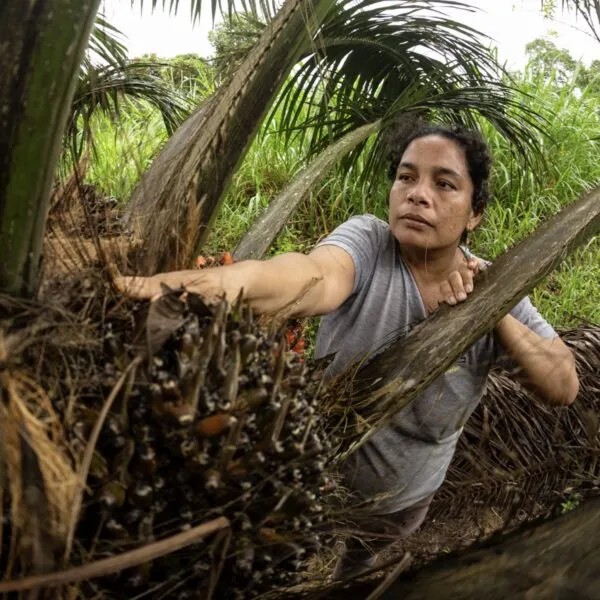Creating better livelihoods for farmers and farm workers is a key focus of our work at the Rainforest Alliance–working towards a world where farmers can earn a “living income” and workers can earn a “living wage”.
First things first, why are we talking about better livelihoods?
It is estimated that more than two-thirds of cocoa farmers live below the poverty line in some African cocoa growing countries. The struggle of small-scale coffee and tea farmers is not news to anyone in the industry. At the Rainforest Alliance, we want to create a better future for people and nature by making responsible business the new normal. We are striving for more sustainable agriculture and forestry sectors, and we believe that this requires that farmers, foresters and workers around the world are paid enough money to provide a decent life for themselves and their families. It may sound like a no-brainer, but it’s a concept with more to it than meets the eye.
Living wage vs living income
When we speak about achieving better livelihoods, there’s an important distinction to be made between living wage and living income. A living wage is defined as an amount a worker is paid and should ensure it is enough for them and their family to afford a decent standard of living. This means earning enough to cover all of life’s basic expenses, from housing to groceries, with a little extra to cover unexpected events. This amount varies greatly per country and even region, because the cost of food, housing and other necessities are different from place to place.

A living income refers to the net annual household income required to afford a decent standard of living for all members of that household —for example, for a farm owner (or smallholder) and their family. Household income of a farming family can include sources of income additional to the farm. Both farmers and workers across the supply chain must be included in the fight for better livelihoods and poverty reduction. But the ways to tackle the issues of living wage and living income are considerably different.
Achieving a living income: how do we get there?
Our vision is for all farmers to be able to produce in a way that is both ecologically and economically sustainable, allowing them to earn a living income, and in turn ensuring they can pay their workers a living wage. This is one of the goals of certification that we work to achieve by promoting both sustainable farming and responsible business practices.
Sustainable farming
Many farmers are able to improve their income by switching to more sustainable and efficient farming practices. Using better farming methods and managing their farms more efficiently can increase their productivity, which helps them lower costs and increase their yields, using the same area of land, resulting in higher profits.
Another way is diversification. Farmers who grow just one crop are more likely to be vulnerable to a crop failure or a sudden change in market price can wipe out their business. By diversifying their business, farmers can improve their resilience and protect themselves from these kinds of shocks and generate additional income.
Thirdly, climate resilience is a key part of sustainable farming. Many farmers are on the front lines of the climate crisis, facing changing weather patterns that present huge challenges as farmers depend on specific weather conditions to grow their crops. By applying climate-smart farming methods, such as planting shade trees, introducing new crop varieties and good soil management, farmers can adapt to the effects of climate change, and protect their income.
Responsible business
But more sustainable farming methods alone are not enough. Too many farmers do not make a profit despite having optimized their farming practices or simply cannot afford to adopt more sustainable farming methods in the first place. In addition, farmers too often have very limited opportunities to negotiate a good price for their products and are not sufficiently rewarded for their investments in more sustainable production.
By promoting responsible business practices, we encourage companies to acknowledge the price of sustainability and invest in and reward sustainable production. Investment in sustainable farming practices brings business value throughout the supply chain and therefore the responsibility needs to be spread across the supply chain too, recognizing that we all have a role to play. Sourcing certified products is one of the best ways for companies to adopt more responsible business practices. Our proposed 2020 Certification Program will introduce a mandatory sustainability differential for Rainforest Alliance Certified crops, because a more sustainable product is a better product that deserves a better price.
Improving workers’ wages step by step
Earning a living wage is a human right. However, many workers in food supply chains are paid wages that don’t allow them to meet even their basic needs and those of their families. A major obstacle in achieving a living wage is that farm owners often can’t implement a living wage alone—especially given the small margins in many of these farms. The whole supply chain, as well as national governments, need to participate to make a living wage a reality, and it all starts with defining what a living wage is.

That’s where the Global Living Wage Coalition (GLWC), co-founded and co-chaired by the Rainforest Alliance, comes in. This group of NGOs works to identify how much a living wage needs to be for a worker in a certain sector in a certain place. With these so-called benchmarks—all based on objective, rigorous research—farm workers or their representatives can negotiate a better salary with their employer (the farm owner). Working towards paying a living wage is one of the requirements within UTZ and Rainforest Alliance certification. The benchmarks help auditors of certified farms judge whether a farmer pays his workers enough and, if wages are too low, it helps certified farmers develop a wage improvement plan to increase these over time.
The only way is up: helping create impact
Creating better livelihoods for farmers and workers was also the topic of The Only Way Is Up, the first international living wage and living income conference we co-hosted in Rotterdam November 5th and 6th, 2019. This conference brought together a range of organizations and business players across the agri-food supply chain to tackle the tricky yet important topic of driving better livelihoods. The Only Way Is Up conference built on all these efforts by bringing together high-level speakers from business, government—including Minister Sigrid Kaag, Dutch Minister for Trade and Development Cooperation and Minister Gerd Müller, German Federal Minister for Economic Cooperation and Development—and civil society organizations to discuss best practices and what exactly businesses can do to contribute to better livelihoods for farmers and workers.
Key note speaker Antonie Fountain, Managing Director of the VOICE Network summarized the urgency and the need to work together and show ambition: “We have to solve the problem of poverty, meaning living wages and living incomes. If we fail to do so, we will not solve other sustainability issues like child labor, deforestation or gender inequality. It’s not the finish line of where we want to go. We want prosperous farmers. So living income is where the real work begins.”
The conference was part inspiration, part fiery debate—the kind of things that lead to concrete action. One of the highlights was the presentation of several sector and company commitments, on achieving living wages and living incomes. Dutch supermarkets presented the first country-wide retail commitment to close the living wage gap in the banana sector. The Banana Commitment aims to mainly sell bananas in Dutch supermarkets of which plantation workers have earned a living wage.





